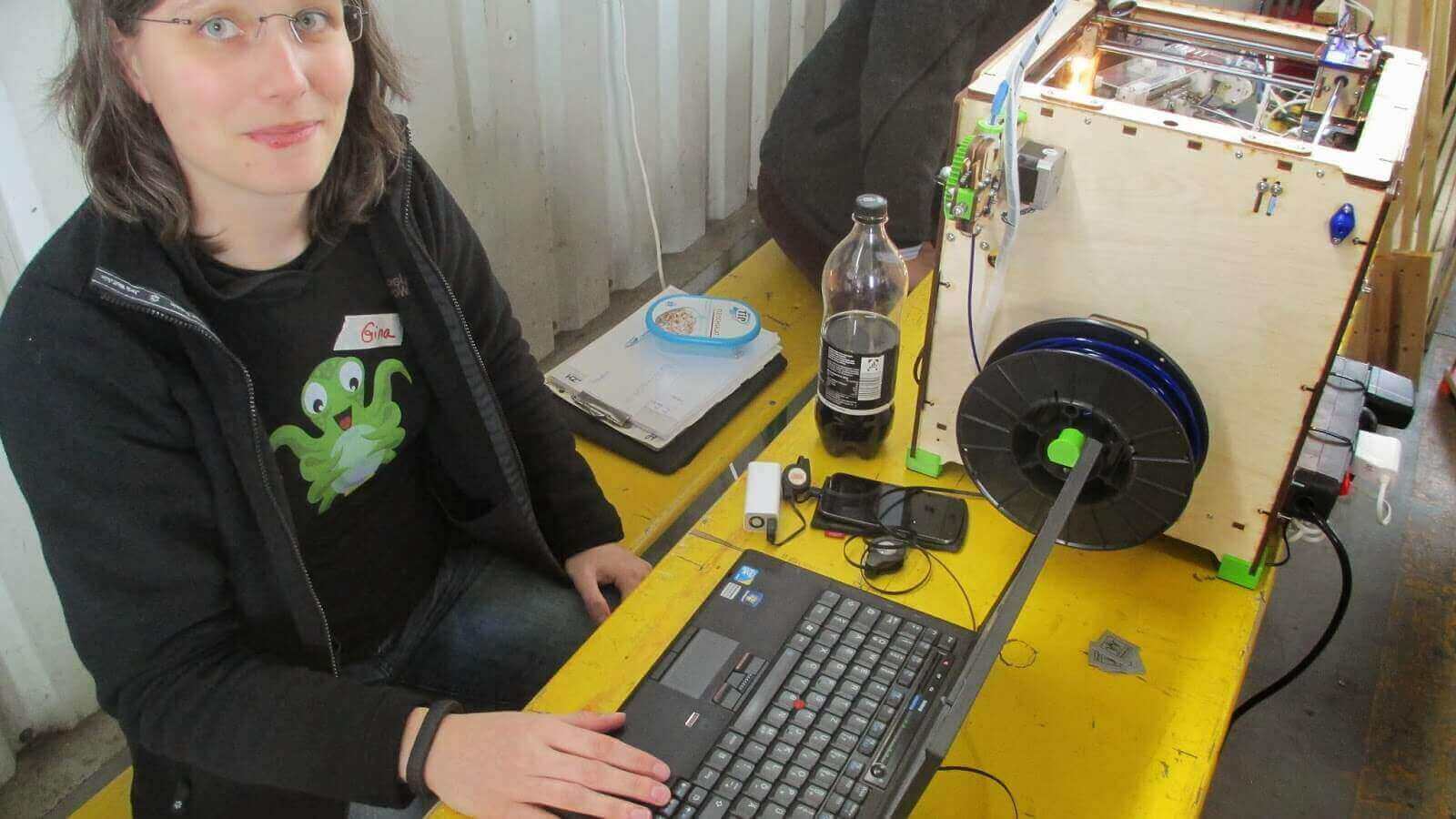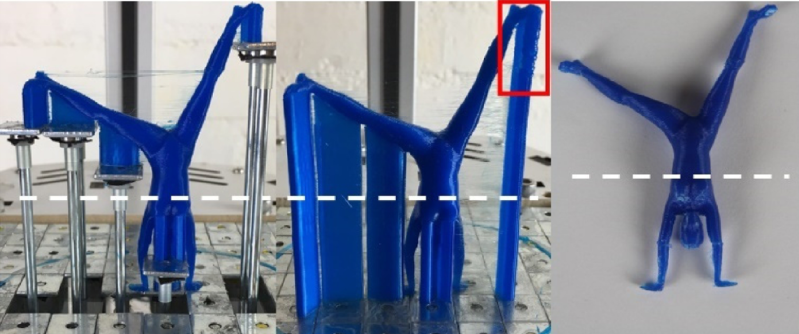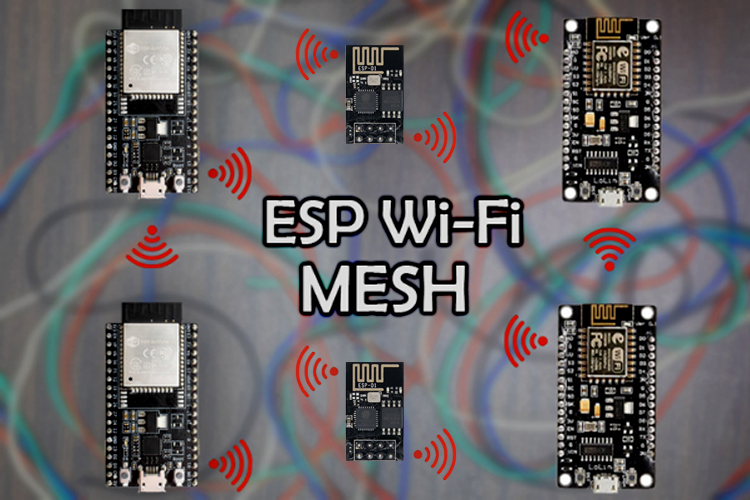Lios Design, a team formed by MIT students, is well on its way to perfecting molten glass 3D printing.
The vast majority of 3D-printed objects are plastic. Most FFF (Fused-Filament Fabrication) 3D printers use thermoplastic filament and LCD/SLA (Stereolithography) 3D printers use photopolymer resin. Other materials, like ceramic, concrete, and metal, are somewhat common. We’ve even seen organic tissue and various foods being 3D-printed on occasion. But glass is difficult to print, because of the temperatures required and the physical properties of molten glass. That’s why it is impressive that Lios Design, a team formed by MIT students, is well on its way to perfecting molten glass 3D printing.





